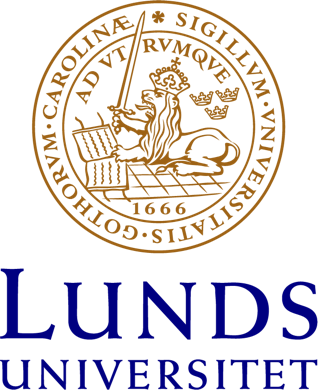Sökresultat
Filtrera
Filtyp
Din sökning på "*" gav 541724 sökträffar
Do animals have imagination? Using pictures to study the representational abilities of great apes.
Ett intelligent hjälpsystem för Idpac
Who is in charge here? The role of accessibility problems and housing-related control beliefs in very old age.
Are mergers and acquisitions contagious?
Who is Wasting the Water? Economic implications of the change in water rights for cattle holders in Botswana
Housing-related control beliefs and behavioural independence in daily life in very old age.
The role of the Social‐democratic welfare state in employment regulation: The case of Sweden in the Nordic and European context
Side-chain sulfonated and phosphonated polysulfones for proton conducting membranes
Land Market and Agricultural Transformation in Sweden - 1680-1870
Work Climate and Virtues Predict Positive Emotions and Performance at Call Centers
Ljuspuls från monokromatisk ljuskälla
Abstract not available
Gendered Insecurity: Violence in Time and Space
Wastewater treatment plant influent disturbance models
Accentuation of Domain-related information in Swedish Dialogues
Life cycle thinking, product standards, and trade: Exploring the Issues
Information processing in soft-output decoding
Adolescents Born Extremely Preterm : Cognitive, Behavioural and Relational Outcomes
The aim of this thesis was to evaluate long-term outcomes in a regional cohort of adolescents born extremely preterm (before the 29th gestational week) and compare them to full-term born controls. Fifty-two prematurely and 54 full-term born individuals were recruited from a follow-up study at 10 years of age. The participant rate was 85 % from the prematurely born group and 89 % from the full-term
No title
Innovation and transformation in the Swedish manufacturing sector, 1970-2007
This doctoral thesis investigates changes in the volume and character of Swedish manufacturing sector innovation output between 1970 and 2007, a time span composed of both extended periods of relative prosperity and decline. More specifically, it examines whether changes in the number of innovations, the character of the innovating firms, and the distribution of innovations across industries are g
